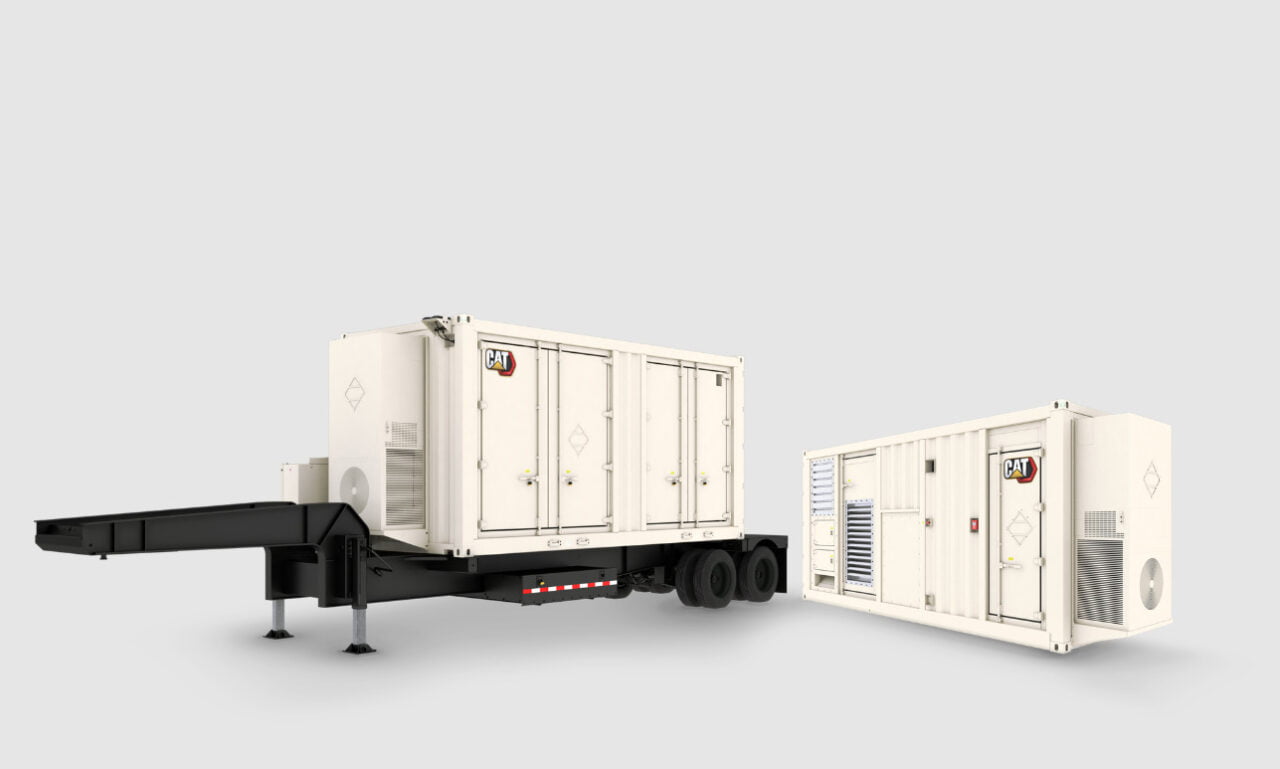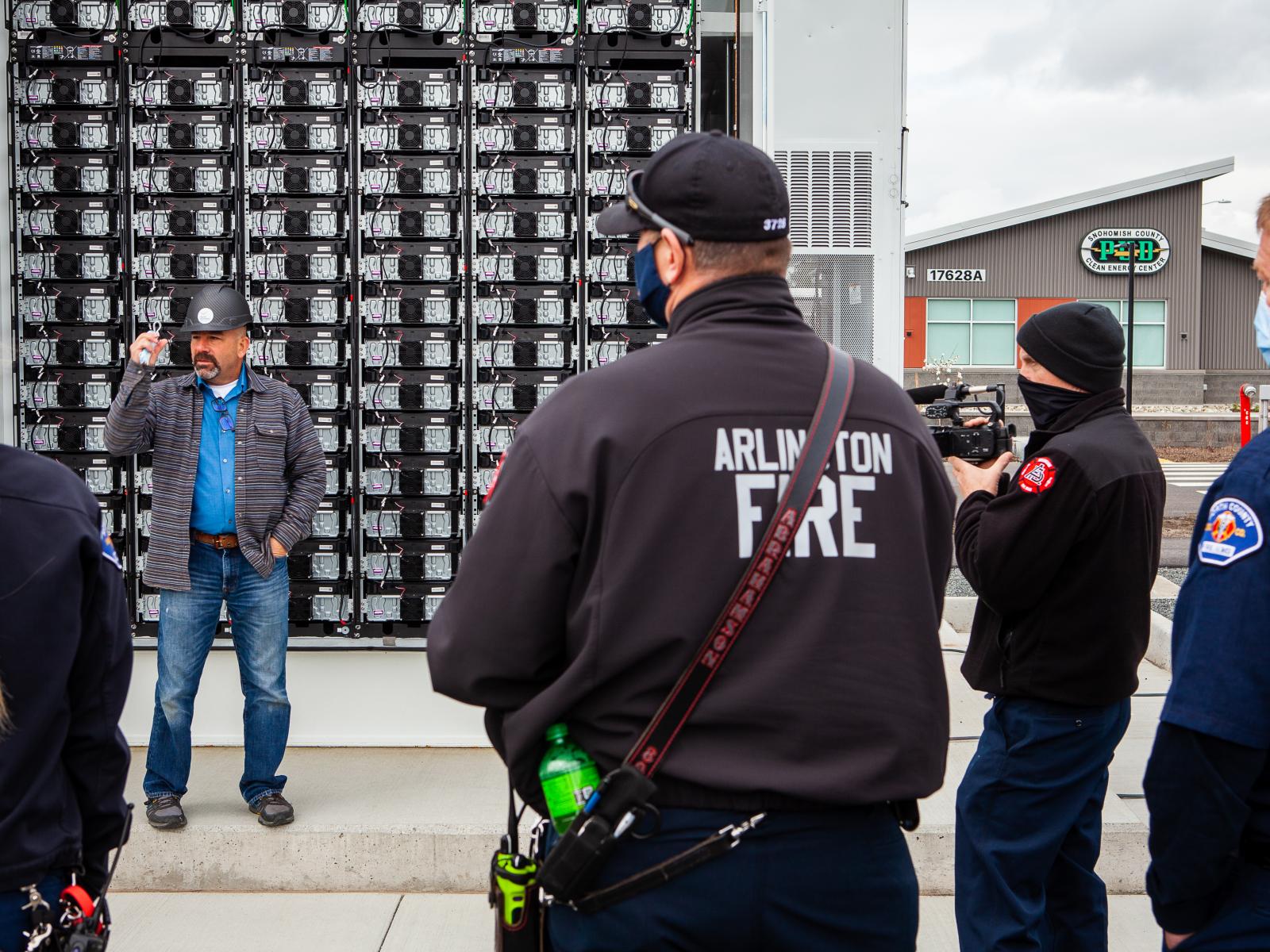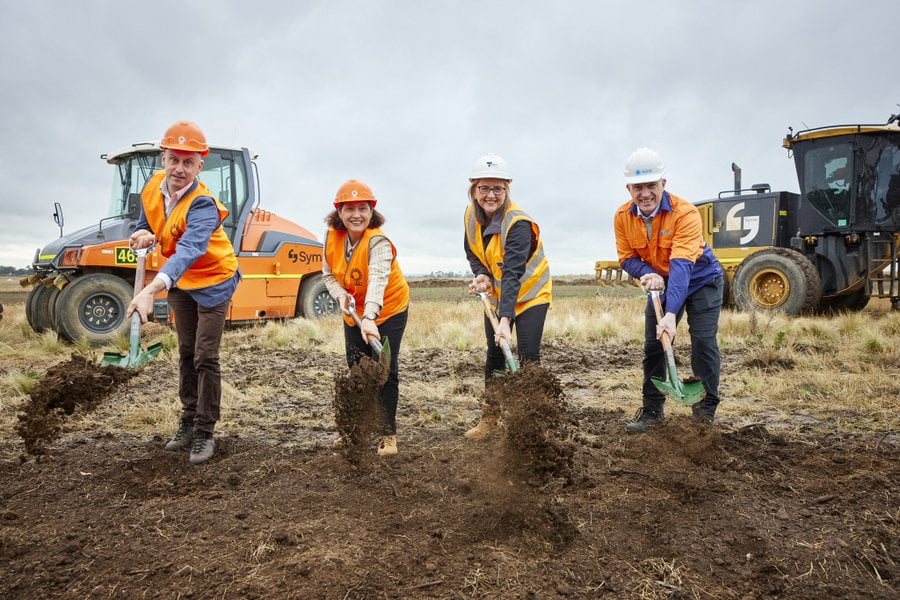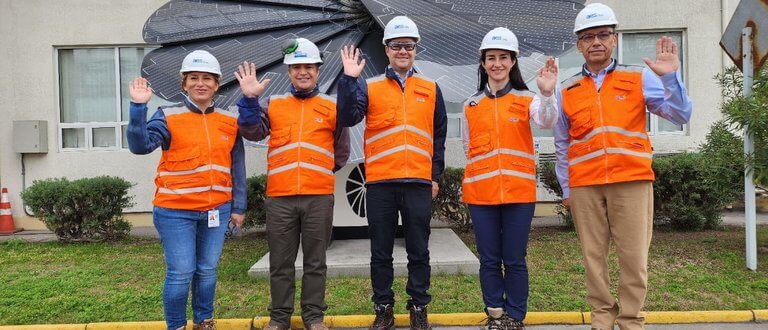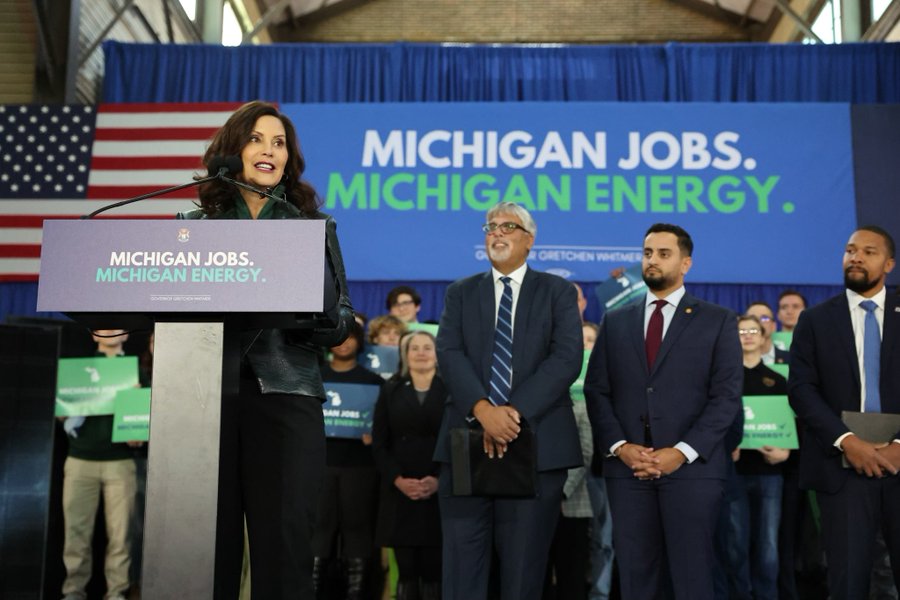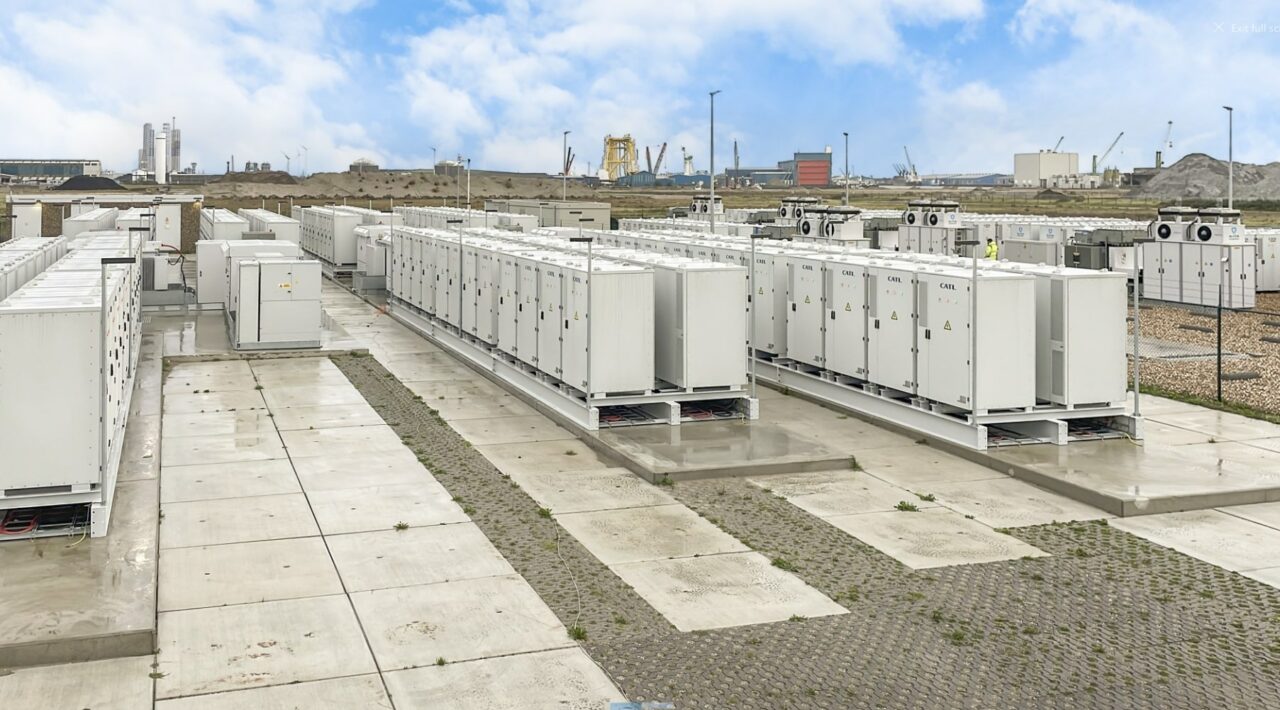Storage deployments have multiplied seven times over since 2020, with recent figures from S&P finding the US closing in on 15GW of utility-scale battery energy storage system (BESS) projects and rival research firm Wood Mackenzie forecasting 55GW of new grid-scale storage deployments from this year through 2027.
Yet there are many cases of battery storage projects failing to find support from the authorities having jurisdiction (AHJ) – public bodies such as fire departments and town planners – that ultimately have the final say on behalf of their communities if a project goes ahead.
Some towns have enacted moratoria on the development of new storage facilities, most prominently in New York. That is perhaps understandable to an extent, given that the state has seen a number of high profile fire incidents this year, though thankfully no injuries have been reported and damage to property (including the BESS themselves) limited.
Concerns over fire safety and explosion risk appear to be the most commonly cited concern. While it is perhaps tempting for the industry to try and swat away those concerns with statistics around the rareness of large-scale battery fires and explanations of the safeguards in place to prevent escalation of incidents, the messages filtering down to the public are affecting real projects and ultimately slowing the adoption of renewable energy.
There are other concerns too, such as those around environmental, audio and visual impacts of BESS facilities, while the overarching theme, if there is one, is zoning ordinances i.e., establishing what sort of land use rules apply for a set of technologies that are much newer than the rules themselves.
“We have tried to provide an objective and factual reference for local planners and zoners for local communities and hopefully, they will find it useful as they navigate these challenging processes,” says Jeremy Twitchell, PNNL energy research analyst.
It is not fair, PNNL concluded, that local authorities and planners are increasingly having to put themselves in the position of being energy experts as well as handling their already complex workloads.
Together with PNNL colleagues Devyn Powell, an energy policy research analyst, and Matthew Paiss, a technical advisor on battery materials and systems who is well-known in energy storage circles as a former firefighter turned subject matter expert, Twitchell authored ‘Energy storage in local zoning ordinances’. Prepared for the Department of Energy (DOE) and funded by the department’s Office of Electricity, it aims to provide technical assistance to states, including state utility commissions and energy offices as they wrestle with new questions and demands around battery storage.
“A couple of years ago, we were doing some work with several states and kind of all at once, several states started to point out that this was an issue that they were encountering: that there were energy storage projects that developers wanted to build but were running into significant challenges at the local level, at the state level in the siting and permitting process,” Twitchell says.
Quickly recognising it as a growing issue, PNNL found that while on a big picture level, storage is gaining traction, with gigawatts of storage in utility planning processes and interconnection queues, the local zoning and planning officials that ultimately make the decisions sometimes don’t have enough information to act.
“They live in a complex world of planning and zoning and ordinances and conditions and legal requirements, and now a storage project comes along, and we’re asking that they’ll be energy experts as well. That’s not really fair.”
Filling information gaps for communities
The report seeks to fill information gaps for the likes of local, municipal and county-level planners who might suddenly find themselves looking over proposals for a 200MW BESS plant, that might, for example be planned next to a commercial or residential district.
Due to the perhaps unique modular nature of battery storage, there’s a lot more flexibility in terms of where a facility can be sited versus traditional power plants, but that sometimes also leads to what Jeremy Twitchell refers to as “a level of potential conflict with energy storage that we haven’t necessarily seen with other energy infrastructure”.
One thing that stands out from the dozens of news reports about local opposition to battery storage projects is that the members of communities that speak to the press very often mention that they are in favour of renewable energy, and in favour of energy storage to enable its growth.
But at the same time, a typical quote will then go on to ask why the storage system could not be sited somewhere else, where it will not present a potential eyesore, or even a fire or explosion risk.
Developers are not choosing energy storage sites at random, nor are they choosing sites just because land is available. Mostly, it is about proximity to grid infrastructure, which can dictate how strategically useful to the network a BESS asset can be, as well as mitigate the need to build out more and more transmission and distribution (T&D) lines, which in themselves can present development challenges.
“If you are close to a substation, you’ve got a lot of lines coming out of a substation. If you can tap into that substation, you can provide service and support over a lot of lines, you can support a larger segment of the utility system. If you’re out at the end of a particular line, a distribution line or transmission line, you don’t have that same level of visibility, you don’t have that same level of support to the utility system,” he says.
“Substations are like the hubs of the electric grid, and the closer you can be to a hub, the more benefit you can provide, the better value of the services that you can provide.”
Elephant in the room
Still, while the technical and economic benefits of certain sites may be explainable in this way, it might not be enough to eliminate other concerns.
There will always be NIMBYs, who simply do not want anything built near them or built in a particular area. That is one (possibly small) set of people, but frankly, the elephant in the room is safety and the public need to be reassured as well as educated.
Many learnings have been made on safety and incorporated into industry best practices and standards. Incidents like the 2017 fire and explosion at AES’ McMicken BESS project in Arizona and the handful of more recent incidents in the US will be thoroughly investigated for their root causes, providing valuable feedback to the industry.
“One of the things we tried to do in the report is point out how the industry has learned from those incidents, how codes and standards have evolved to specifically address the safety risks of energy storage,” Jeremy Twitchell says.
“You cannot build a battery that is guaranteed to never enter thermal runaway. Some thermal runaway is going to happen, although those incidents are fairly rare. What you can do is engineer a battery that will not explode, that will not spread to other batteries.”
Codes and standards that are now in place that mean even in the worst case scenarios where thermal runaway occurs, systems are designed and engineered to limit the failure to just one unit.
So again, while local officials shouldn’t have to be experts in battery fire safety, what they can do, with the information in PNNL’s new paper as a basis, is ask questions around which codes and standards an energy storage system is certified to.
In other words, Twitchell says, asking “very specific questions” can get to the point of whether a project developer is acting, “in accordance with the best available safety codes and standards.”
Entering new zones
As with a lot of the technical or economic challenges that the energy storage faces in this early but rapid growth phase of the industry, a lot of the local authority acceptance issue comes back to just how new grid-connected energy storage is as a concept.
So, as briefly mentioned above, zoning ordinances often don’t have BESS developments as a consideration when it comes to, for example, whether a storage site can be classified as an industrial use of land.
PNNL’s researchers looked into where in the country, and to what extent, local zoning ordinances included consideration of storage, which Twitchell said was not an easy task given that there are no central repositories of those ordinances to reference against.
“What we found is that very, very few municipalities had an ordinance in place. We identified a few different kinds of ordinances. The most common version is a municipality had a zoning ordinance in place for solar energy and they modified it to just say, ‘solar and storage’. They just added storage to that [existing ordinance].
“Now, obviously, storage is a different resource with different characteristics and a different risk profile. We also identified a handful of ordinances that actually are more proactive, that are focused on energy storage, that provide specific guidance and regulations around how and where storage can be built,” Twitchell says.
However, PNNL was only able to identify, “about a dozen such ordinances around the country,” and many of those were created in response to a specific project proposal, meaning that finding municipalities that have proactively addressed the issue is rare, although there are some.
Again, asking municipalities to set aside the time and resources to do that legwork is a big ask, and so PNNL hopes its report will provide guidance on that. The PNNL energy storage team the authors are part of will next be working on a follow-up report specifically around “the anatomy of a zoning ordinance,” Twitchell says.
“What are the components of it? What are the things that it should address? And what are some of the options in terms of how you construct it and some of the requirements? We’ll be drilling down into those topics at a level deeper than we did in the latest report.”
From the industry’s standpoint, they perhaps also need to become more acquainted with local authorities and community needs and planning concerns than before. We heard recently from two of the energy storage practise at EPC firm Burns & McDonnell that active engagement with AHJs, from addressing safety concerns to educating them on the industry’s evolving best practices, is vital going forward.
Energy-Storage.news’ publisher Solar Media will host the 6th Energy Storage Summit USA, 19-20 March 2024 in Austin, Texas. Featuring a packed programme of panels, presentations and fireside chats from industry leaders focusing on accelerating the market for energy storage across the country. For more information, go to the website.
Continue reading

